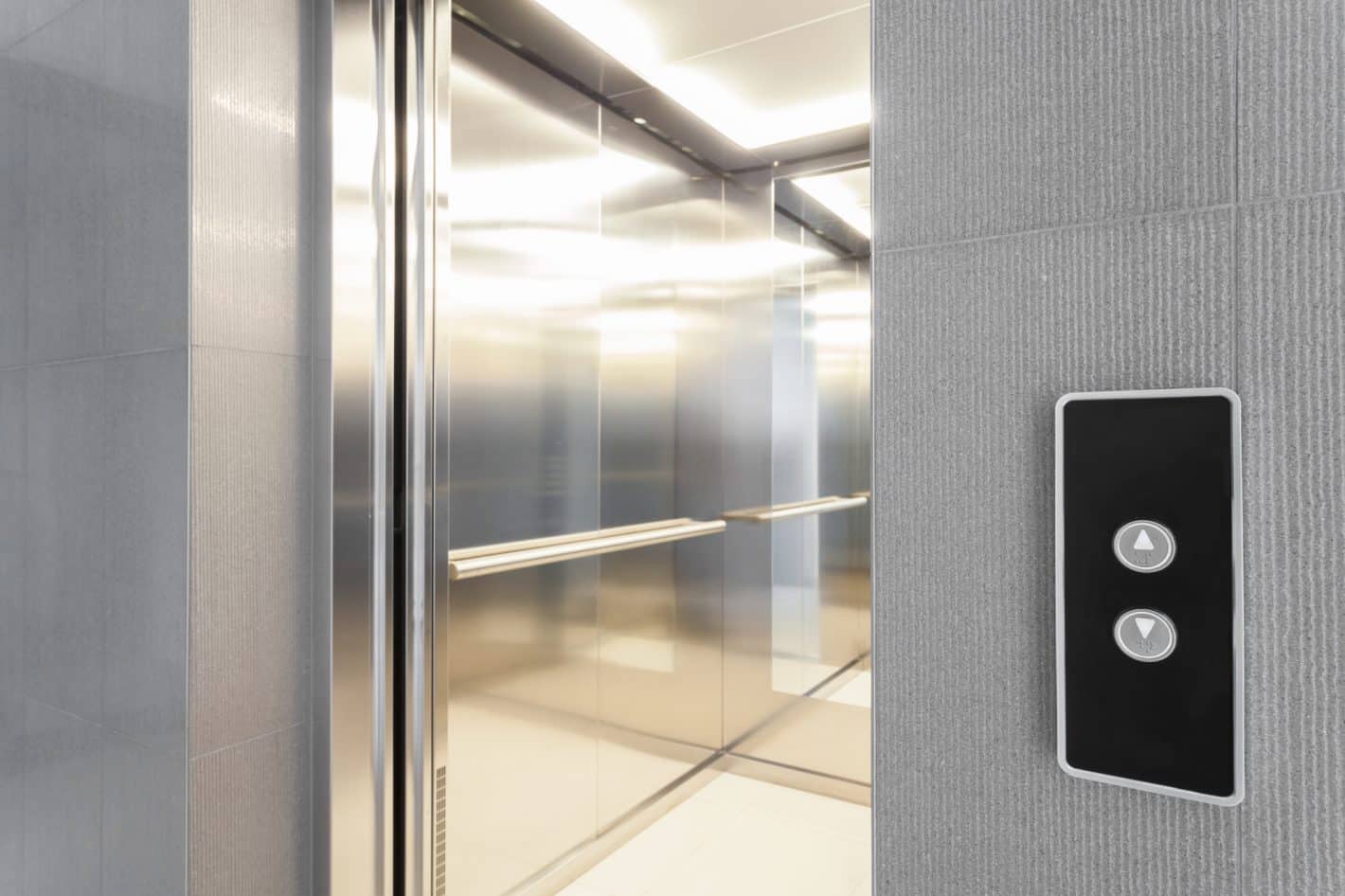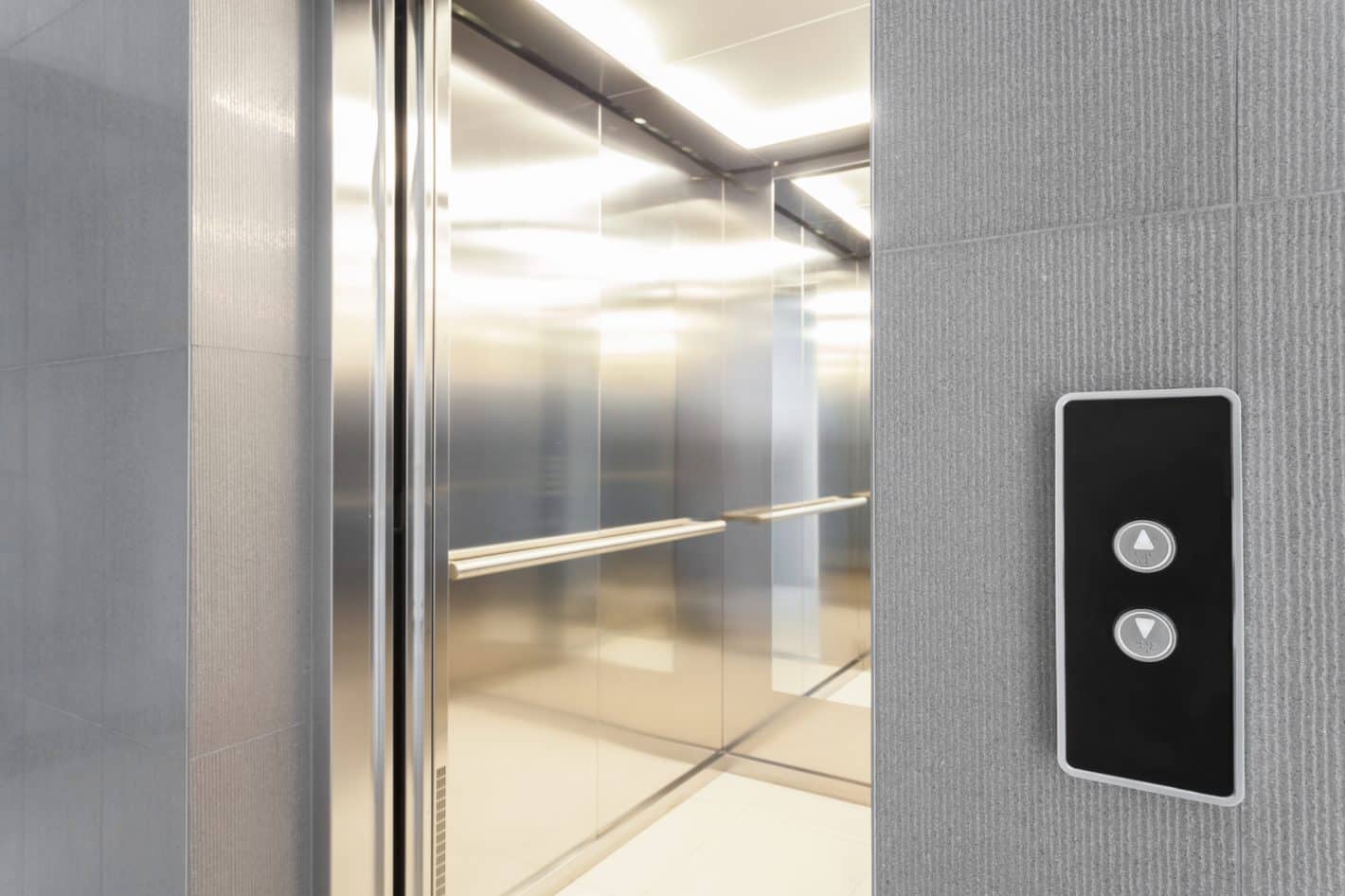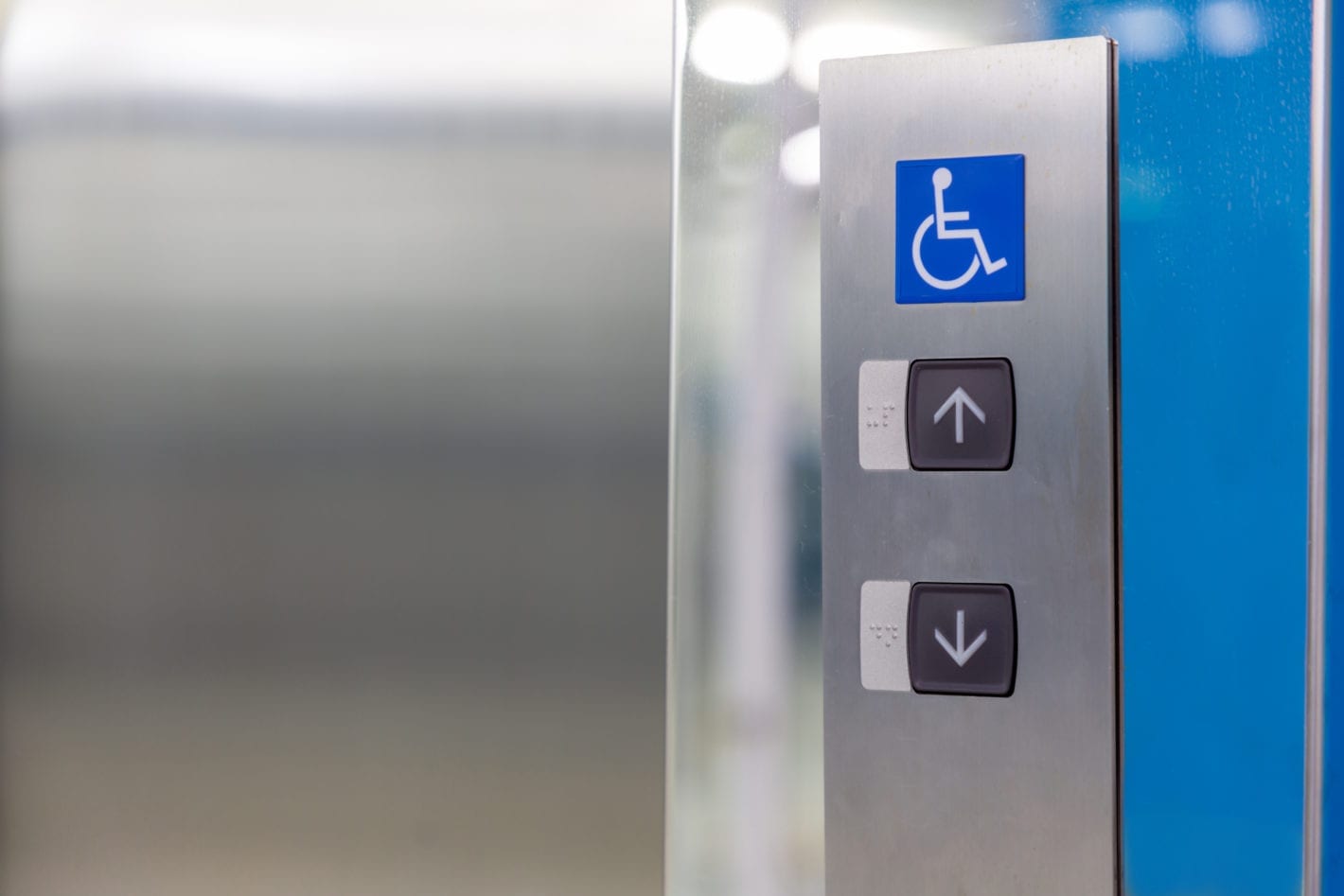There are a lot of complicated components at play inside of an elevator and that is why engineers are such experts in their field.
After all, a person must be able to understand how something works in order to fix it! In fact, we often take the way that a lift moves for granted because all of the moving parts are hidden from view, but what actually determines the speed that they travel at? Read on as the team here at Clans Machina reveal all…
The average passenger elevator moves at a speed of 5-22 mph, and this can be influenced by a variety of different factors. For instance, the internal components that allow a lift to move directly reflect the speed of the cab because they have to work together in order to tell it when to move and when to remain stationary. In layman’s terms, the speed is controlled by the motor which works hand-in-hand with the mechanics like the winding drum, steel cables, and counterweight in order to find the most appropriate speed. From a scientific point of view, the speed of an elevator can be calculated by dividing the distance that it needs to travel by the time that it takes it to complete the journey; however, these figures will be more of an average.
Another way to look at the way that lift speed is determined is to take external factors into consideration. For instance, a building with dozens of floors will typically have an elevator in place that is designed to travel faster than a building with just a handful of stories. This is because nobody wants to spend several minutes inside a windowless box in order to travel to the top floor! Furthermore, the purpose of an elevator can also help determine its speed as lifts that have an industrial role are often slower in order to compensate for the increased weight they are equipped to carry, whereas passenger elevators are faster because they only need to carry people.
A passenger should never have to worry about the specifics of speed when it comes to making a journey in an elevator, particularly one that is for public use, however, this knowledge can be quite beneficial for the building owners who are responsible for the upkeep and general maintenance of a lift. After all, understanding how speed works can make it easier to notice when there may be a problem with the components. For all your lift maintenance needs, get in contact with a member of the Clans Machina team today!









